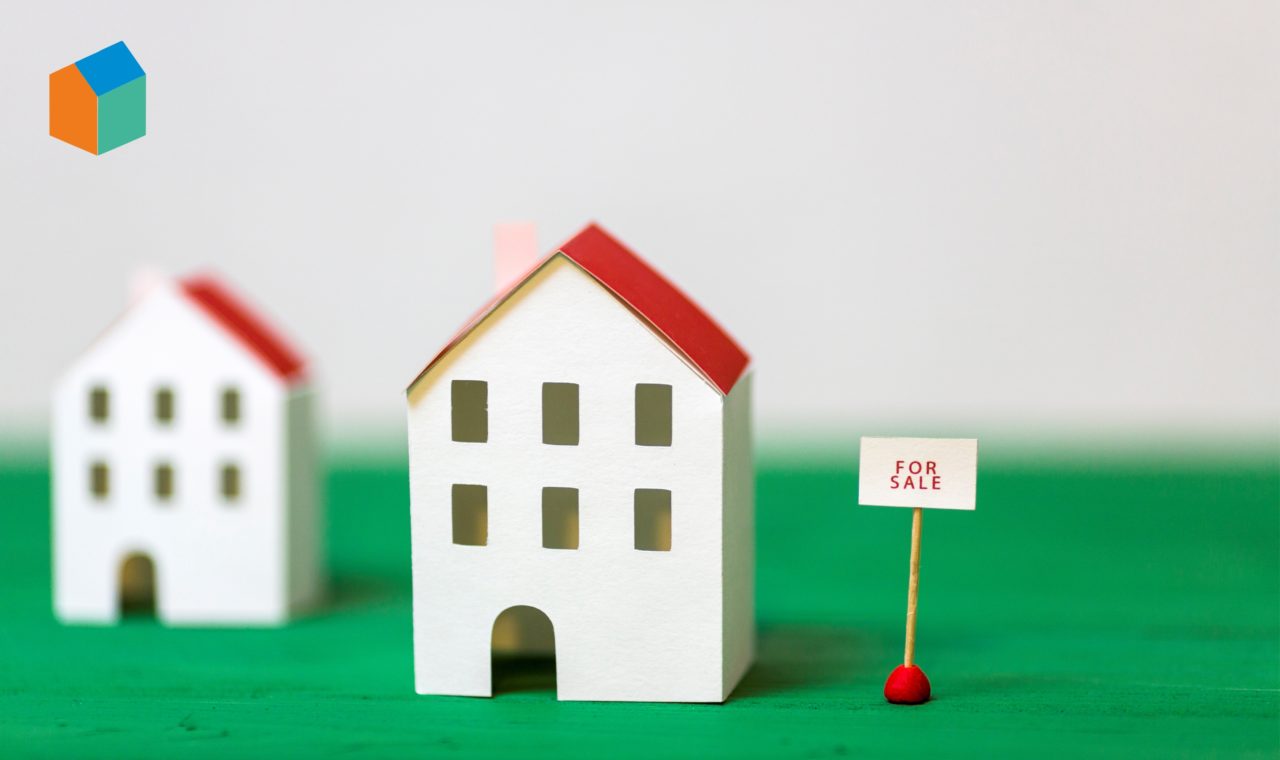Those who read the headlines in the housing market are bewildered-until a few weeks ago they were talking about a boom in buying and selling, and now we begin to read about a considerable decrease in favor of rentals.
How, then, can these seemingly conflicting data be explained?
Giving the figure on the increase in buying and selling was the Internal Revenue Service's Observatory, which said that home buying in the second quarter of 2022 was still on the rise, with a buying and selling rate of +8.6% compared to the same period in 2021.
But empirical data tell a different story. In the market in major Italian cities during the first three quarters of 2022 compared with the same period in 2021 and the average of the last 4 years, there is an initial increase in rents and a decline in buying and selling.
The residential market, which at the beginning of the year seemed to continue to rise as it did in 2021 thanks to consumer confidence and the accommodative attitude of the credit system, is experiencing a reduction in the number of purchases and sales partly due to macroeconomic uncertainties and rising prices and rates.
Real estate is still a strong market, however, but after the boom in 2021 with rising inflation and rising interest rates we see that people tend to be more cautious about investments resulting in a slowdown in buying a first or second home.
The explanation for this divergence is, in our opinion, in how the data are collected. A partial return to renting in Italy reveals to us a trend that had not yet been intercepted by the latest official data, those of the Inland Revenue Observatory since the data provided by notaries regarding the second quarter, i.e., the deeds stipulated, go back to negotiations dating back to the previous quarter, if not even earlier. In short, this means that even though that data is officially for the second quarter, it gives us a snapshot of the first three months of the year and perhaps even the last three months of 2021.
According to this data, properties sold in Italy in 2022 are predominantly three-room apartments (40%), followed by two-room and four-room apartments; on the other hand, houses with very large square footage are penalized. Transactions are most concentrated in Lombardy, followed by Lazio. Among the central regions, Tuscany stands out; in the south, Puglia and Sicily.
On the other hand, rental searches increased: in Milan the first 8 months of 2022 showed an increase in these searches of +6.2% compared to the same period in 2021, in Bologna +7.5%, in Florence +7.2%, and in Catania +10.9%. More modest, but still present, growth in Naples (+1.4%), Turin (+0.8%) and Rome (+1.6%).
Compared to last year and part of the first quarter of this year, therefore, there has been a slowdown in interest in buying in favor of renting homes. Being able to get a mortgage, committing to an installment that could rise with variable rates, are two factors that affect and could increasingly affect the buy-sell market. The impression is that potential homebuyers are on pause for thought, with their attention turned toward rising interest rates, in some cases caught up in the difficulty of getting mortgages from banks without forgetting also the partial hesitancy of some with respect to the increase in purchase prices that has emerged in the past 12 months.
Let us look in more detail at the causes of this "turn" from buying to renting.
RISING PRICES AND INFLATION
The effects of inflation inevitably have repercussions on the housing market. Certainly there are people who find themselves more distressed as a result of rising prices-especially younger people as well as single-income families and all the more so when there are children. However, in spite of the fact that the economic environment has become more complex in recent months, there are still many people who are also willing to spend more, a good portion of whom in recent months tend to prefer renting to buying a house, a trend that is most likely also strongly linked to rising inflation and the high cost of living.
CHANGING THE IDEA OF HOME
Demand in the last two years has changed: the pandemic and smart working have led people to invest more in their homes, if not to buy a new one to have more space or change the area where they reside. As analyzed in previous Blog articles " people have realized that the home is where they spend most of their time, a trend that, as a result of smart working, has continued well beyond the emergency, so they have begun to analyze and many to question both the spaces of which it is composed as well as its location. The home for so many before was experienced as a dormitory where one could rest at the end of the day, and thus its size was relatively important because most of the day was spent outside, mechanisms were then established that led us to reflect on and reevaluate a number of features that we previously paid less attention to. Outdoor space, spacious or at least well laid out rooms, the possibility of carving out a home office or a space dedicated to fitness and wellness, convenience to primary services, the countryside instead of the center of large cities or otherwise small towns."
MILLENNIALS : A NEW TARGET AUDIENCE OF BUYERS
Another phenomenon we are seeing is the emergence of a new target audience of buyers: millennials. They are more inclined to move and make decisions online, looking for ratings and reviews, whether it is a real estate agent, a hotel to book or where to go for dinner. The data shows how they use the services of real estate agents more than any other generation. This is a generation that is beginning to think about their future and buying their first home all the more so when the work and professional situation is fairly stabilized for them.
This trend is certainly facilitated by the government's housing policies with the provision of public guarantees for young people up to age 36, which is consequently reflected in the mortgage market.
It is evident how the overwhelming majority of applications, in fact, concern financing for the purchase of the first home, and unlike a few years ago the mortgage financing pool has seen a sharp increase in the component of young people who precisely apply for a mortgage.
MORTGAGE RATE TRENDS
The recent increase by the Central Banks will make new mortgages more expensive. In spite of this it escapes most that rates still remain very advantageous even if no comparable to the exceptionality of the historical moment of 0-point rate values, to cite an example in 2007, the year of the historical record of sales in Italy, the variable was around 5% and the fixed above 8%, many studies predict some reversals in the short term.
Compared to 2021, we observe more caution on the part of buyers especially where, due to low supply, the increase in property prices has been greater. In addition, lower amounts are expected to be disbursed and the fixed rate is expected to decline further in favor of variable-rate mortgages with CAPs: to date, in our opinion, more convenient than fixed-rate mortgages and safer than variable-rate mortgages.
If you are looking for a home or if you want to understand how to make your property yield contact us at 0583 997201 or email us at info@marcocatelli.it

